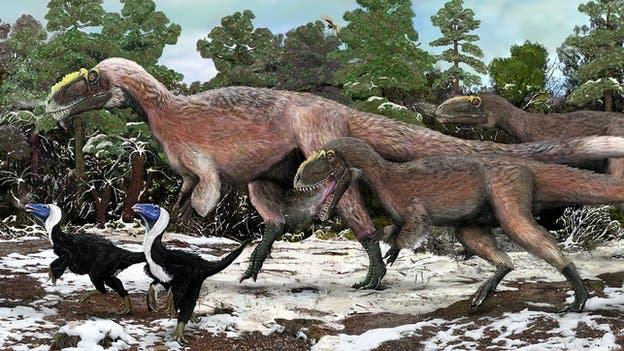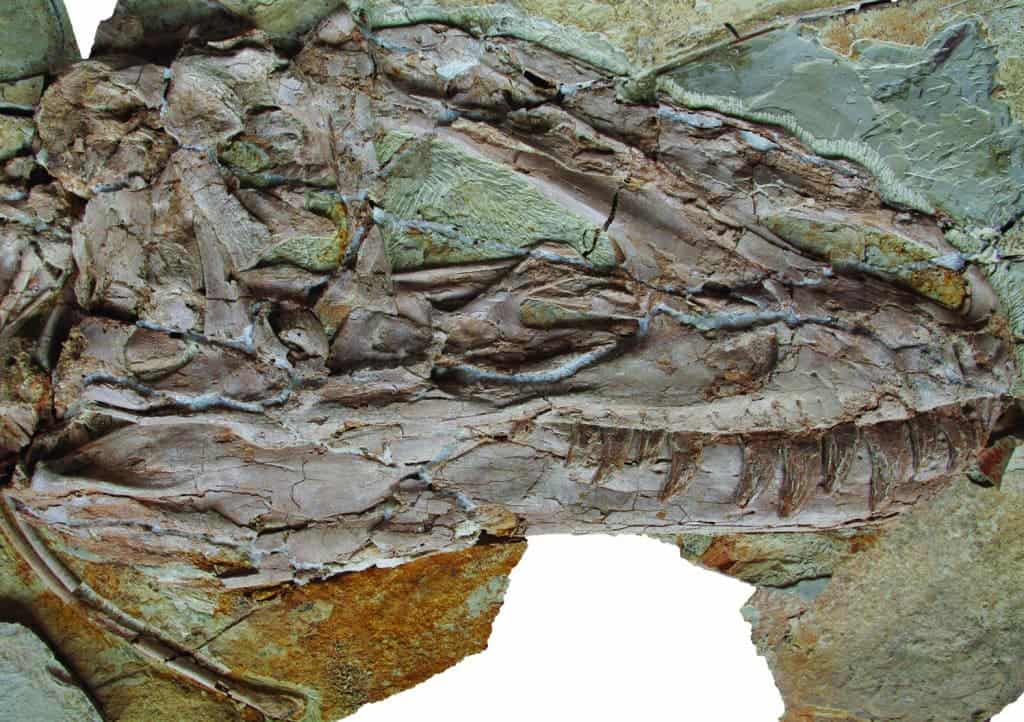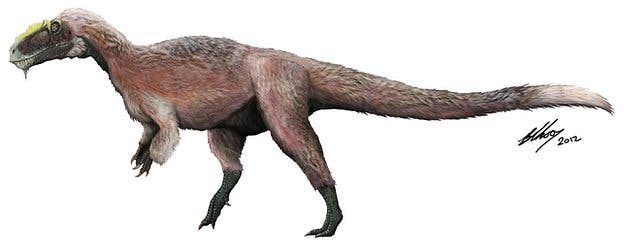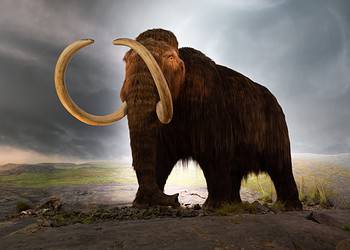
A remarkable paleontological discovery surfaced from China recently, after scientists reported they’ve found fossils belonging to the Yutyrannus huali,a very close relative of the Tyrannosaurs Rex, which prove that its entire enormous bus-sized body was covered in feathers. This officially makes it the biggest animal covered in feathers ever found, and also forces paleontologists to rethink some of the leading feather-related evolutionary theories.
The Yutyrannus h., whose name translates as “beautiful feathered tyrant”, used to live some 125 million years ago in what’s today northeastern China. Judging from the three specimens of the bipedal tyrannosaur found by paleontologists in the area, it’s believed the dinosaur weighed at least 1,400 kilograms and was covered with a filamentous plumage at least on its neck, pelvis and legs. It’s foot is typical of other early tyrannosaur relatives, however its distinct plumage is what makes this dinosaur so incredibly fascinating, unique to an animal of this size.

Previously, the largest feathered dinosaur ever found was the Beipiaosaurus, which measured just 2 meters in length and could have easily been wrapped around by two human hands. The podium jump has now been marked by a visible discrepancy. Scientists used to thought that as a feathered animal becomes larger, it gradually loses its plumage until it becomes completely gone. The Yutyrannus, however, proves otherwise. Paleontologists believe its plumage had a thermal insulating role at its core, keeping it warm and cool at the same time, according to the ambient temperature. In the area and time the Yutyrannus used to live, the temperature was cooler by eight degrees Celsius than other dinosaur habitats at that time, which serves as a pertinent explanation. Yutyrannus was a fascinating beast, nevertheless, one that is certain to provide some important evolutionary clues in the near future.

The findings were reported in the journal Nature.
[via Scientific American]






